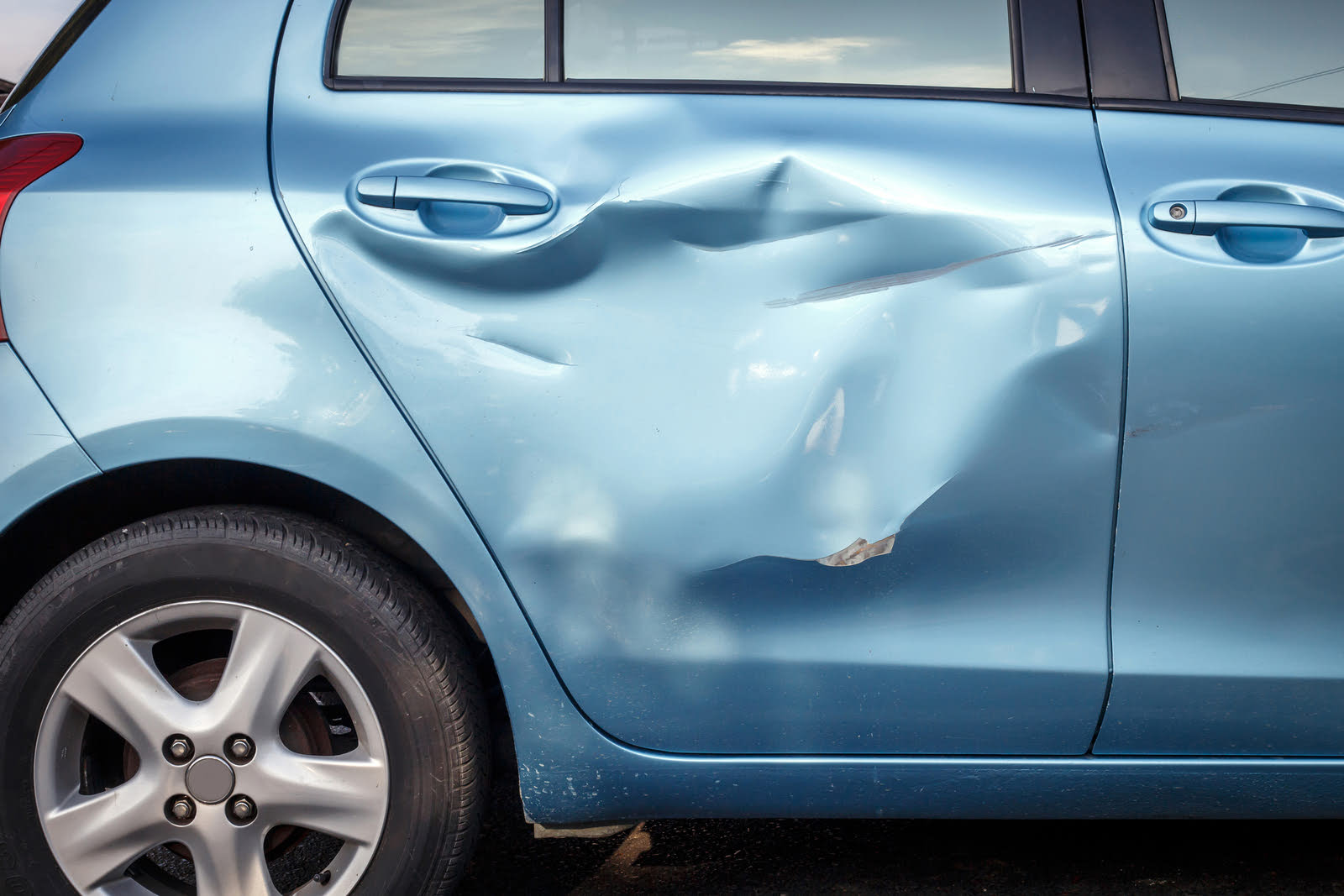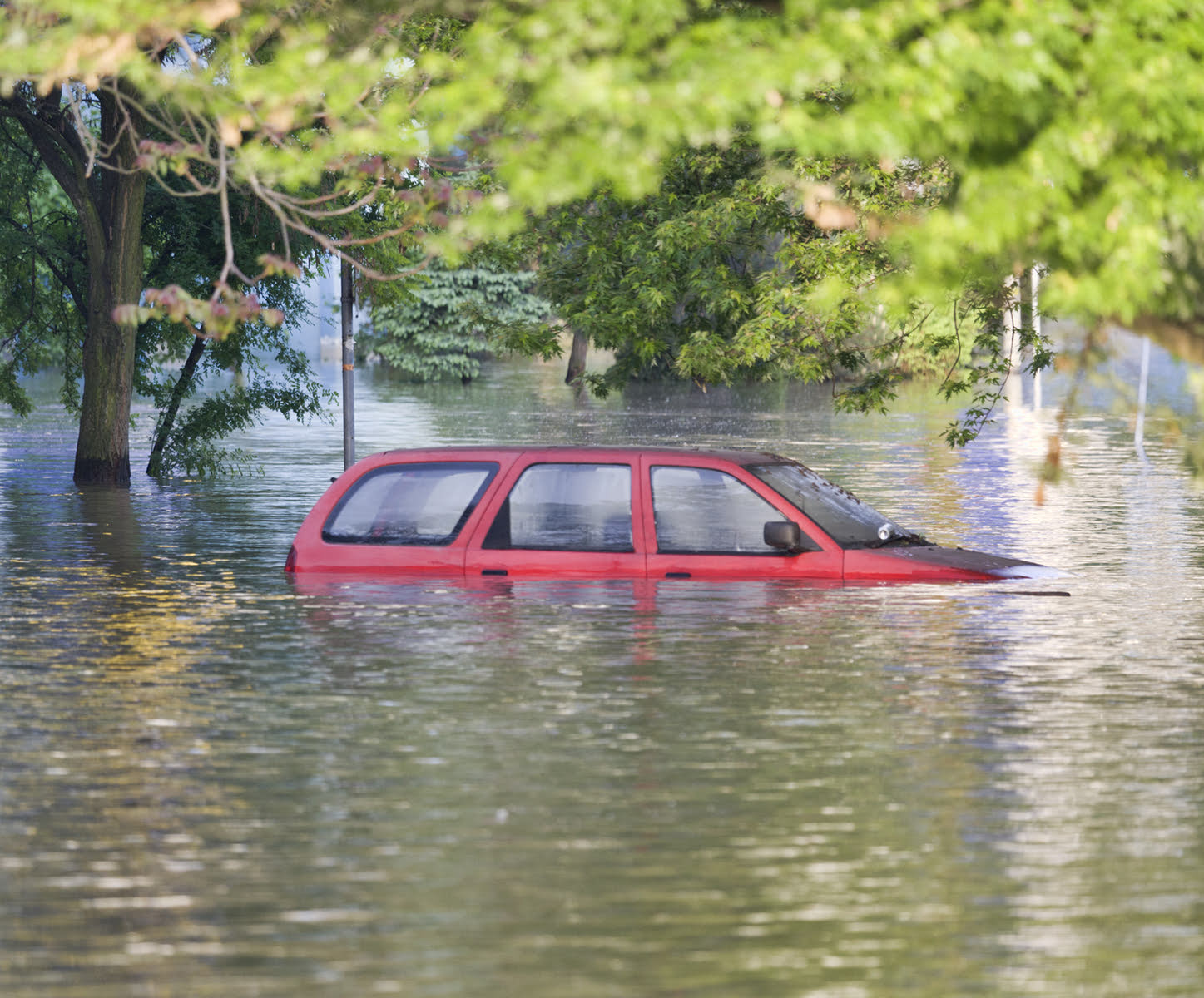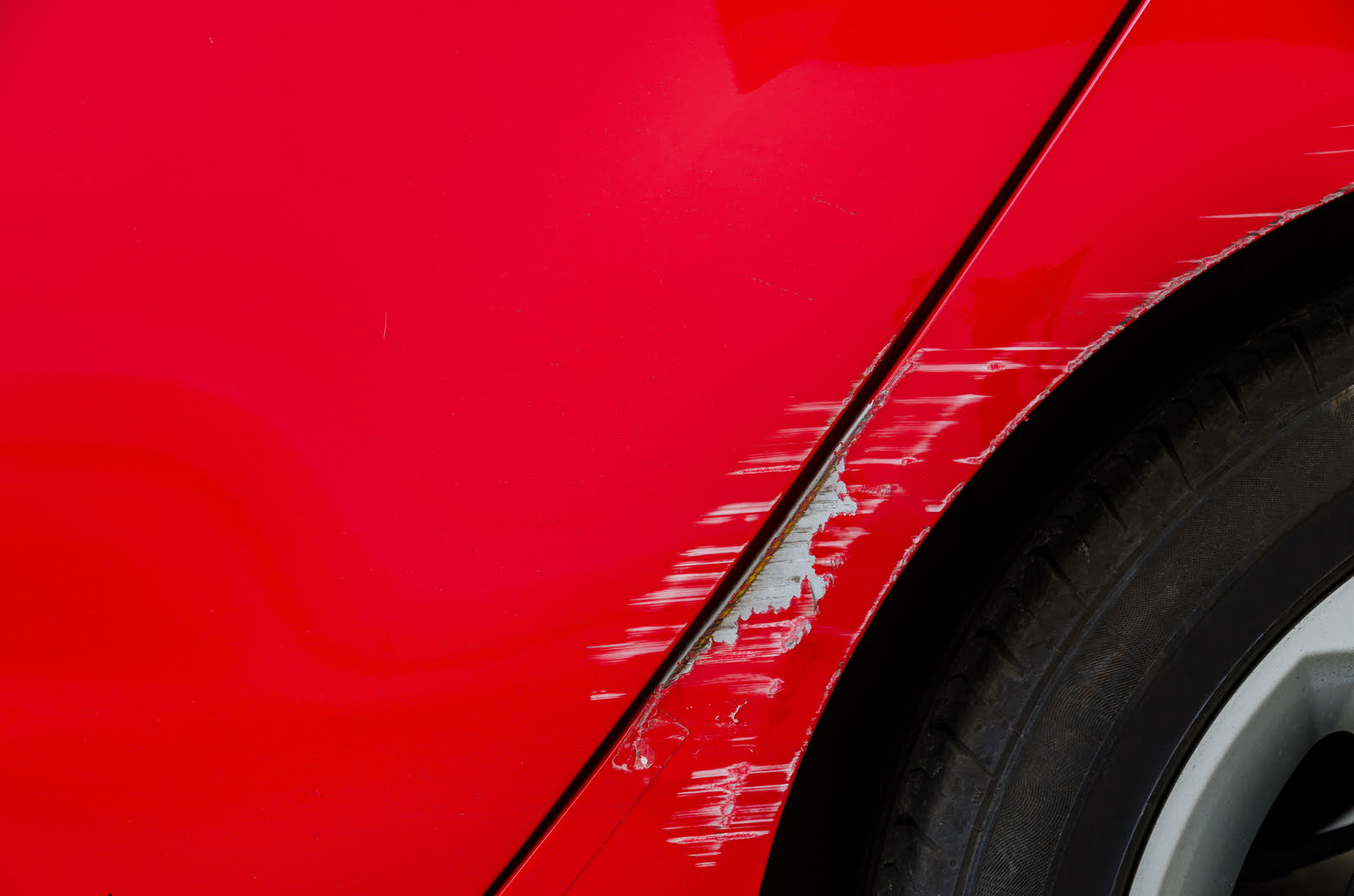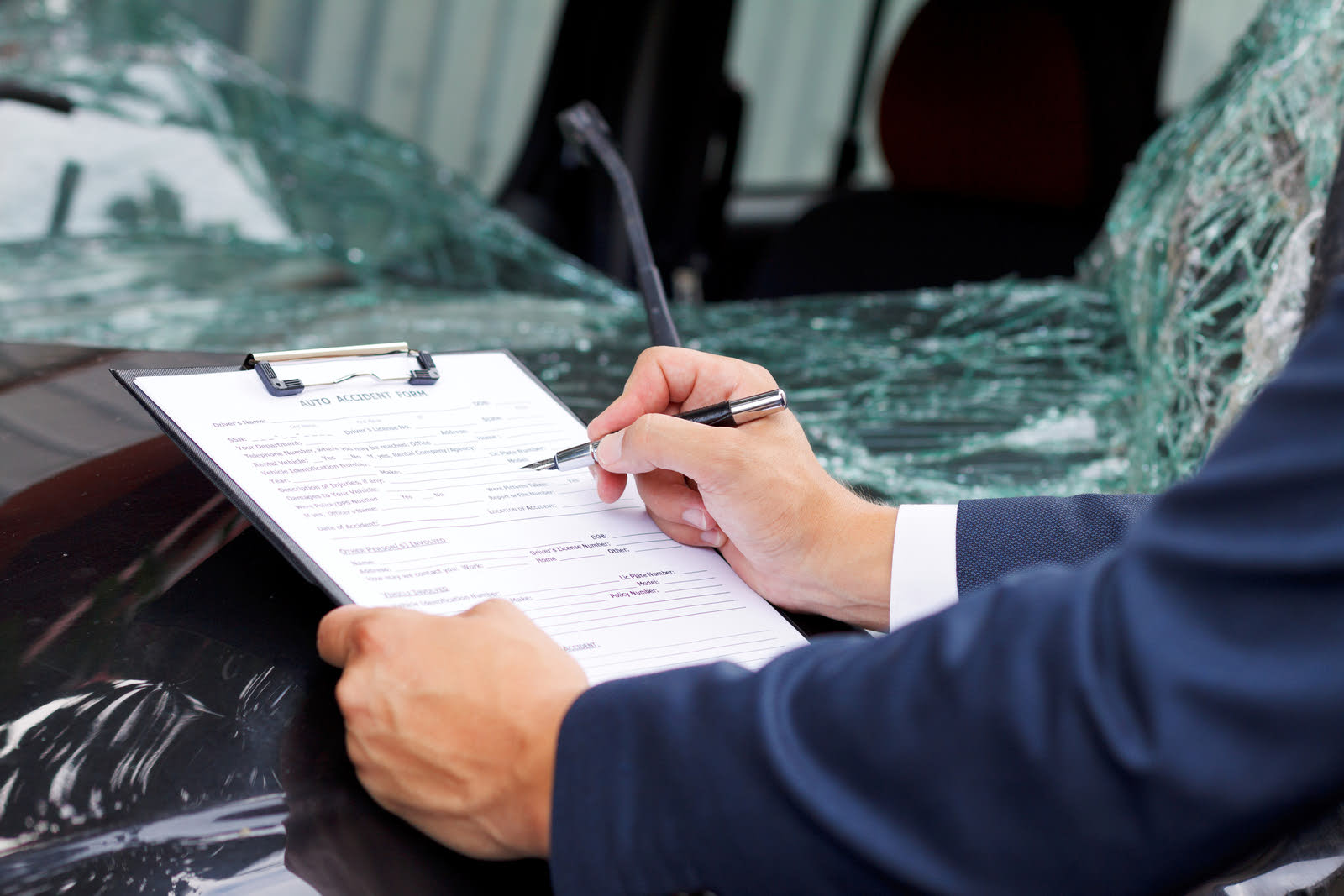Car insurance helps cover the cost of repairs to a damaged vehicle, but if the damage is too extensive, an insurance adjuster may choose to total a car. In simplest terms, this means the insurer has determined that repair costs are more than the value of your vehicle. Not all damage automatically leads to a car being totaled, though. Here’s how to determine if your car has been totaled.
Is My Car Totaled?
What does “totaled” mean?
Serious car damage
Superficial car damage
What happens if my car is totaled?
The Bottom Line
What Does “Totaled” Mean?
If a car that has suffered fire, flood, or significant accident damage the insurer will most likely deem it totaled, or a total loss. Insurance companies have different total loss formulas to determine whether to pay for repairs or total a vehicle. It’s based on a calculation of a vehicle’s actual cash value (ACV). The car’s ACV is then compared against estimated repair costs. If those repairs costs are higher than the ACV, the car is declared a total loss because it would be uneconomical to repair.
If the damage is at a level where the car can be repaired and safely returned to the road, the car may be given a salvage title, instead. It can then be sold through a salvage yard, or be repaired, put back on the road, and sold when you’re ready to move on, like any used car.
A salvage title could lead to higher auto insurance costs and will lower resale value, however. Even if the car has been repaired, a salvaged vehicle should be priced well below the market value of a non-salvaged car. That’s because the salvage value of a car is inherently lower than the value of a roadworthy example with a standard title. A vehicle history report will reveal if the car has ever been recorded as totaled or given a salvage title.
Serious Car Damage
As noted above, an insurer will declare a car totaled if it’s sustained significant damage that doesn’t result from a manufacturing defect (which would be covered by a new vehicle warranty). That damage is most likely to be caused by three sources: fires, floods, and accidents.
Flood Damage
Although harder to spot, flood damage can be nearly as devastating as fire damage, wrecking everything from engines and electrics to interiors, and leaving a foul smell. Indeed, the majority of flood-damaged cars are written off by insurers simply because fixing them to an acceptable standard would often cost more than the car is worth. Signs of flood damage include wet carpets, a damp or musty smell, faulty electrics, and corrosion under the hood or trunk floor. If running the heater causes the windows to mist up, it means there’s moisture somewhere in the system—another sign of possible flood damage.
Fire Damage
If a car has suffered fire damage, it can be very difficult to make an economical repair. Even a small fire can leave a lingering smell in the car, and once major flames take hold, little can be done to salvage it.
Accident Damage
Then of course there’s accident damage. At its most serious, you could be looking at a car that has rolled over or one that had to be cut open by a fire crew to rescue occupants. But even smaller bumps can spell major trouble if they have bent or cracked the car’s chassis. Most modern vehicles have what’s known as unibody construction, meaning the body shell and chassis are one piece. This provides greater crash protection, but once a unibody is bent out of shape, it can be difficult to repair to like-new condition. So damage that may not seem bad on the surface could be hiding bigger problems.
Minor, Superficial Car Damage
Bear in mind, most car accident damage can be repaired. If there’s significant panel damage, or if a car’s paintwork is excessively worn, you’ll generally need to take it to a body shop to be fixed. Panels such as doors, hoods, and front fenders can be replaced, and if necessary the whole car can be repainted.
If the damage is more superficial, such as small parking dings that haven’t cracked the paintwork, or minor scrapes and scratches (the kind of damage you’re likely to see on a used rental car), you might get away with using a less intensive repair, rather than taking it to a body shop. Some mobile technicians can come to your home or place of work and repairs the car on site—this is particularly common with windshield repairs.
Scrapes, scratches, dents, or even buckling—often a result of hitting potholes or curbs—are some of the most common types of damage cars experience. In many instances, such damage can be successfully repaired by a specialist wheel refurbishment company at a cost of $50 to $100 per wheel, less than most insurance deductibles, but fairly inexpensive as car repairs go. As long as you can live with the sight of curb rash, wheel damage also doesn’t need to be repaired. It’s merely cosmetic.
What Happens If My Car Is Totaled?
You still have some options if your car is totaled. The easiest is to take a payout from the insurance company for the totaled vehicle. Depending on state laws, the amount your insurance pays will cover the cost of a comparable replacement vehicle (not necessarily a new car) or the actual cash value of your car (check your insurance policy for details). You can then apply that to a replacement ride.
If you believe the reimbursement on offer is too low, you can challenge the assessment with a counteroffer. This usually involves hiring a private appraiser, and researching similar vehicles or the fair market value of the car in question, using sources like Kelley Blue Book. If the insurance company doesn’t accept your counteroffer, you can also file a complaint with your state’s insurance regulator or, if all else fails, hire a lawyer and sue the insurance company.
You can also repair your damaged vehicle, but the costs won’t be covered by insurance. Consequently, it could end up being very expensive. Insurance will sometimes declare vehicles “totaled” because the estimated cost of repairs is deemed to be more than the value of the vehicle but, if the damage is bad enough, there’s no guarantee that a vehicle can be made roadworthy again. It all depends on the extent of the repairs.
Like any car that’s at the end of its useful life, there are other options as well. You could part out a totaled car and potentially make some money from the sale of individual parts, or donate it and let a charity do the same.
The Bottom Line
A total loss car may not be worth the trouble to repair, as you’ll be paying out of pocket. And even then, if the car has been in a fire or a flood, it will likely never be truly the same as it was when new. If the car means a lot to you, however, or if you and your mechanic are confident it can be made roadworthy again, it’s not impossible.
Related Topics
Car Buying: 4 Questions You Need to Ask (and 1 You Shouldn’t)
The Car Maintenance Schedule You Should Follow
Dealership Mechanics vs Independent Shops




